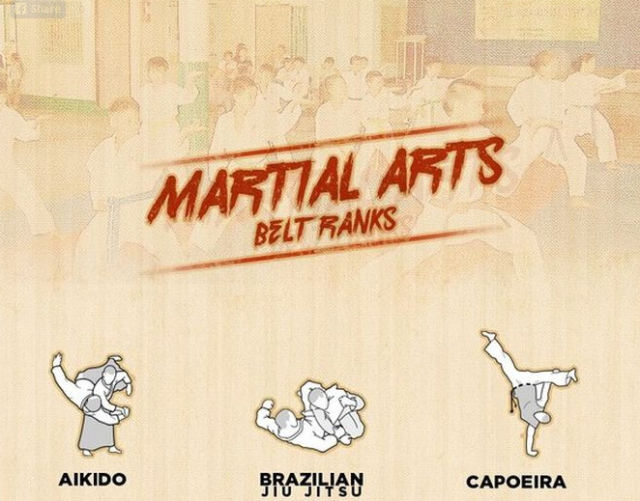Comprehending The Fundamental Differences Between Standard Martial Arts And Modern Battle Sports
Comprehending The Fundamental Differences Between Standard Martial Arts And Modern Battle Sports
Blog Article
https://knoxlxinw.dm-blog.com/35079991/recognizing-the-psychological-and-emotional-development-in-young-people-martial-arts By-Skovbjerg Rocha
When you think about martial arts, do you lean a lot more towards the typical techniques or the modern fight sports? Each course supplies distinct benefits and experiences, formed by their approaches and training approaches. Typical martial arts emphasize individual growth and self-control, while modern combat sports focus on competition and efficiency. Comprehending how much is martial arts training for kids can guide you in picking the ideal method for your trip. However exactly how do these distinctions show up in training and approach?
The Ideology and Background Behind Typical Martial arts
While many individuals connect martial arts with physical battle, the viewpoint and background behind typical martial arts run much deeper. You'll discover that these disciplines stress personal growth, self-control, and regard.
Originating from old techniques, conventional martial arts were frequently developed for Self-Defense and spiritual advancement. They embody concepts such as equilibrium, harmony, and self-constraint, guiding experts past mere fighting abilities.
As you educate, you'll not only discover methods however additionally get insights into the society and values that shaped these arts. The routines and customs, usually given via generations, foster a sense of neighborhood and belonging.
The Affordable Nature of Modern Fight Sports
Modern fight sporting activities have actually transformed the landscape of martial arts into a very competitive field, where professional athletes take on in a test of ability, technique, and endurance.
You'll observe that competitions are typically organized with strict guidelines and regulations, guaranteeing fair game and security. These occasions attract big target markets, fueling the enjoyment and intensity of matches.
Professional athletes train rigorously, not just for physical expertise yet also for mental durability, understanding that every information counts in the ring. The adrenaline thrill throughout competitions is apparent, as fighters press their restrictions to assert success.
Fans value the athleticism and artistry included, making modern fight sports a thrilling phenomenon that remains to evolve and mesmerize lovers around the world.
Training Approaches and Strategies: A Comparative Analysis
The competitive atmosphere of contemporary fight sporting activities demands ingenious training methods that differ substantially from standard martial arts.
In modern training, you'll concentrate on certain techniques, sparring, and conditioning, usually using drills that mimic real fight scenarios. which martial arts is the best for street fights 'll see a focus on measurable performance and frequent competitors to evaluate your skills.
On the other hand, conventional martial arts prioritize forms, katas, and philosophical teachings, frequently stressing technique and regard over competition.
Training is usually much less extreme and may entail repetitive technique instead of real-time sparring.
While both strategies build ability and fitness, contemporary battle sporting activities supply a much more dynamic and versatile training environment, preparing you for prompt difficulties in the ring or cage.
Pick the course that straightens with your goals and rate of interests.
Conclusion
In selecting in between standard martial arts and modern combat sports, it actually boils down to what you value most. If you're seeking personal growth, technique, and a feeling of community, conventional arts may be your best fit. But if you flourish on competition and real-time obstacles, modern combat sports could be the method to go. Ultimately, both paths provide special benefits, so it's all about straightening your training with your individual goals and interests.
